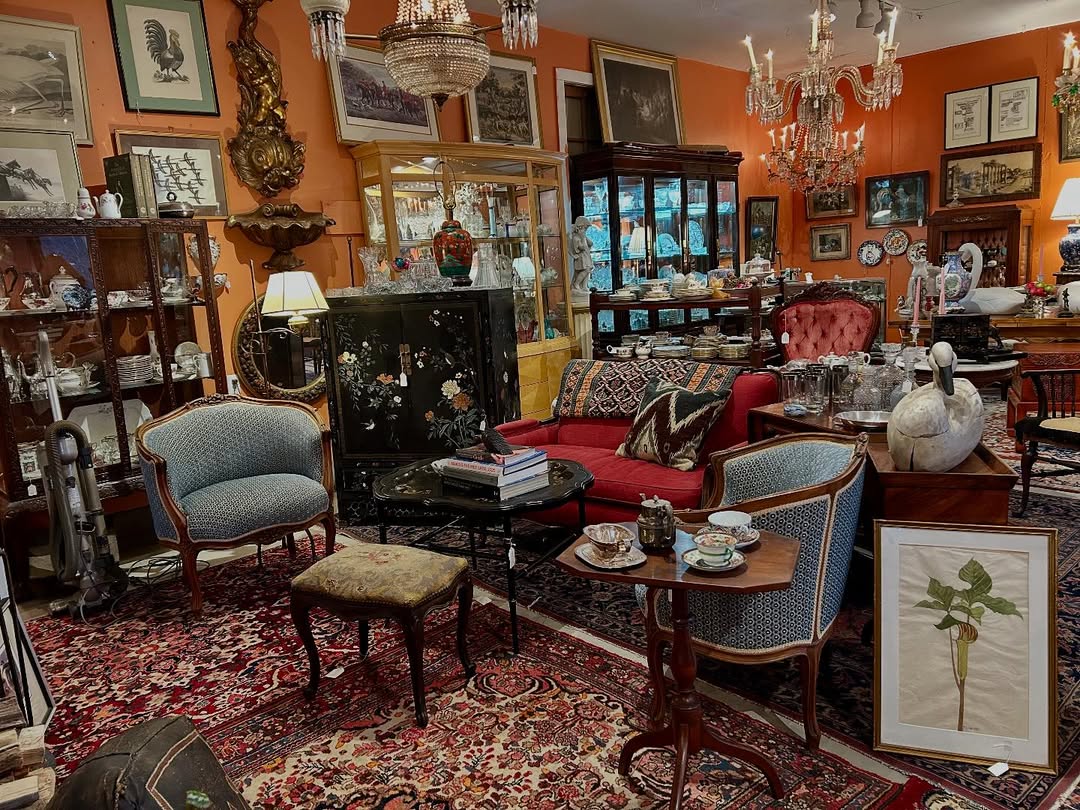In today’s fast-paced world, the constant cycle of consumption and disposal has resulted in an unsustainable approach to design and production. However, a shift is happening as more people are turning towards slow design and sustainable antiques as a way to combat the environmental impact of mass-produced furniture and decor. Slow design focuses on creating long-lasting, thoughtful pieces that are produced with care and attention, while sustainable antiques emphasize the value of reusing and preserving older pieces of furniture, reducing the need for new manufacturing. Here’s why slow design and sustainable antiques are the future:
1. Environmental Impact Reduction
One of the most compelling reasons slow design and sustainable antiques are gaining popularity is their ability to reduce environmental impact. Mass-produced furniture often comes from low-cost, high-volume manufacturers that rely on unsustainable materials and practices. By choosing antique furniture or investing in slow design, you are helping to limit the need for new resources and reduce the waste generated by the fast-furniture industry. Antiques are inherently eco-friendly because they involve reusing and repurposing old items, while slow design encourages quality craftsmanship and durability, ensuring that items last for decades or even centuries.
2. Timeless Craftsmanship and Durability
Sustainable antiques are built with craftsmanship that’s hard to find in today’s disposable furniture culture. Many antique pieces, whether they are tables, chairs, or cabinets, were designed to last for generations. The techniques used by artisans in past centuries were focused on durability and quality, resulting in furniture that withstands the test of time. Slow design follows the same philosophy, prioritizing quality over speed and mass production. Investing in well-made, sustainable items ensures you are buying pieces that will stay functional and beautiful for years, rather than contributing to the cycle of short-lived, trendy designs that need replacing after only a few years.
3. Supporting Local Artisans and Small Businesses
Slow design often goes hand-in-hand with supporting local artisans and small businesses, rather than large corporations that rely on mass production. When you purchase sustainable antiques or slow-designed pieces, you are often supporting independent makers and small-scale businesses that put quality and artistry first. This helps to foster local economies and ensures that the value of craftsmanship is appreciated and passed down to future generations. Moreover, sustainable antiques often come with a story, a history that connects you to the past and adds an emotional connection to the piece.
4. Unique and One-of-a-Kind Pieces
In a world where mass-produced items dominate, sustainable antiques offer a refreshing change. Each antique piece is unique, with its own history, wear, and character. Whether it’s a hand-carved wooden table or a vintage light fixture, these items offer a level of individuality that’s hard to find in new, mass-produced furniture. Slow design encourages creating bespoke, one-of-a-kind pieces that reflect personal style and offer a higher level of customization. Choosing unique items like antiques means you’re investing in a piece that has character, craftsmanship, and history—qualities that are simply unmatched by modern, mass-produced alternatives.
5. Encouraging Conscious Consumerism
Slow design and sustainable antiques encourage a shift in consumer behavior toward more thoughtful and conscious purchasing. Instead of following trends or buying impulsively, people are starting to make more intentional choices about the items they bring into their homes. This reflects a growing desire to not only invest in high-quality items but also in products that have longevity and meaning. Consumers are becoming more aware of the environmental and social impact of their purchases and are choosing items that align with their values. Antiques and slow-designed pieces fit into this mindset by offering timelessness, sustainability, and quality.
6. Reducing the Fast-Furniture Phenomenon
Fast furniture, which is produced quickly and cheaply to meet ever-changing trends, is contributing to the growing issue of waste. Furniture made from particleboard or low-quality materials often breaks down after just a few years, leading to it being discarded and replaced. Sustainable antiques and slow design offer a counter-narrative to this cycle by focusing on longevity and craftsmanship. Investing in these types of pieces can help curb the waste produced by the fast-furniture phenomenon and reduce the constant need for new manufacturing.
7. The Future of Home Design
As more people become concerned about sustainability and the environmental impact of their choices, slow design and sustainable antiques are set to be at the forefront of future home design trends. In fact, the increasing popularity of vintage furniture, the rise of eco-conscious design practices, and the growing desire for sustainability all point to a future where slow design and antiques are no longer seen as niche choices but as essential components of a sustainable lifestyle.
By choosing antiques and supporting slow design, you’re not only investing in pieces that will last a lifetime but also contributing to a movement that prioritizes quality, sustainability, and environmental consciousness. These choices empower you to create a home that reflects your values, supports the planet, and appreciates the artistry and craftsmanship that has stood the test of time.
Conclusion
In a world that’s constantly changing, slow design and sustainable antiques offer a way to create a more stable, thoughtful, and eco-friendly approach to home decor. These movements emphasize durability, sustainability, and quality—values that can ensure your home is filled with meaningful, timeless pieces that will last for generations. As more people choose to invest in antiques and support slow design, the future of home decor looks brighter, more sustainable, and more beautiful than ever.

